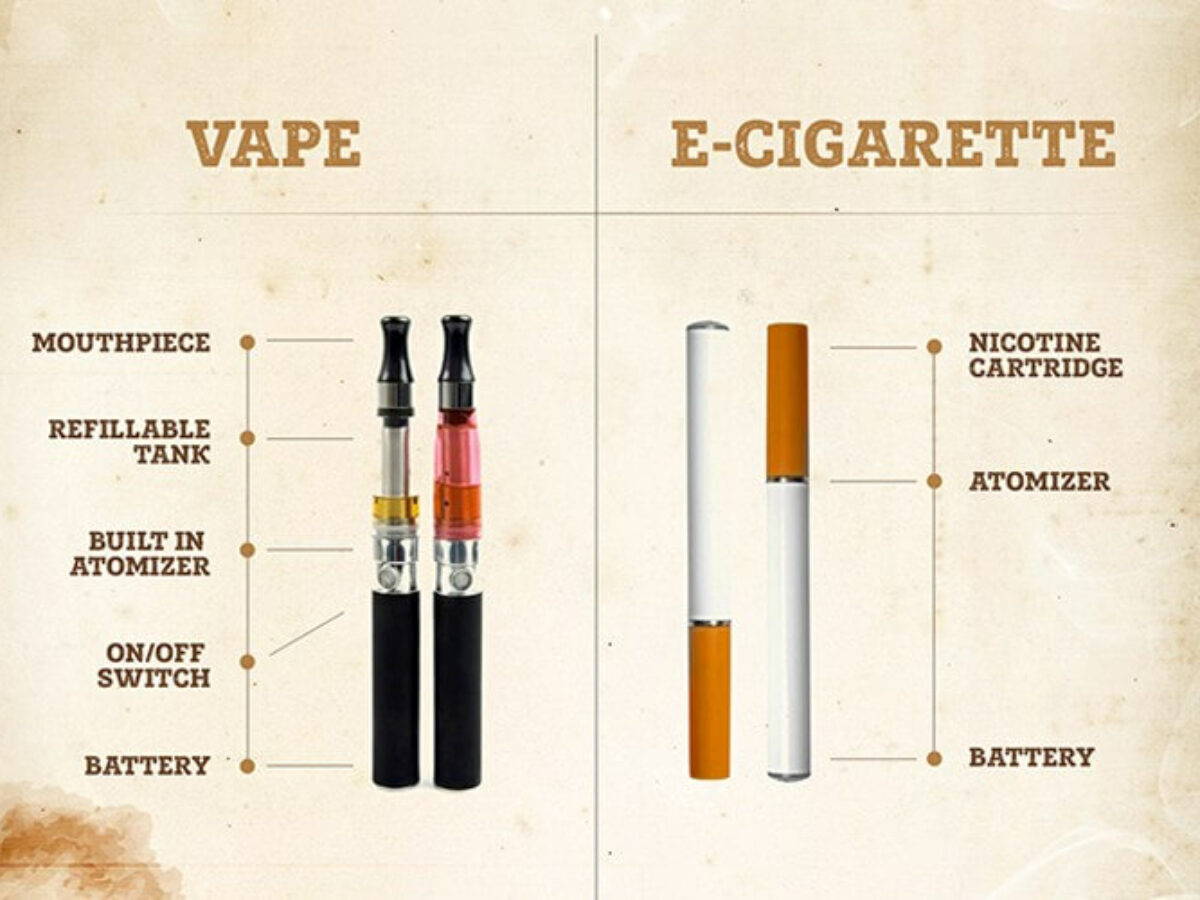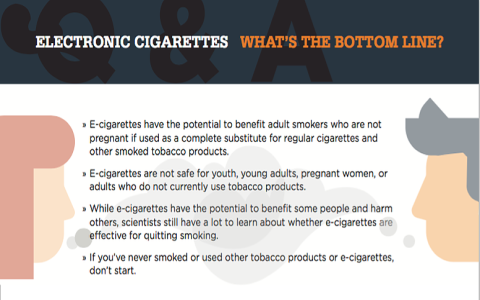Electronic cigarettes (e-cigarettes) and normal cigarettes (also known as traditional or combustible cigarettes) both deliver nicotine, but they differ significantly in their mechanisms and health implications.
Key Differences:
- Combustion vs. Vaporization: Normal cigarettes burn tobacco, producing smoke containing thousands of harmful chemicals. E-cigarettes heat a liquid (e-liquid) to create an aerosol (often called vapor) that is inhaled.
- Chemical Composition: Cigarette smoke contains numerous toxins, carcinogens, and particulate matter. E-cigarette aerosol generally contains fewer harmful chemicals but can still contain nicotine, flavorings, and other potentially harmful substances.
- Nicotine Delivery: Both deliver nicotine, which is addictive. The amount of nicotine can vary in both types of products.
Health Effects:
- Normal Cigarettes: Strongly linked to cancer, heart disease, respiratory illnesses (e.g., COPD, emphysema), and other health problems.
- E-cigarettes: Long-term health effects are still being studied. Known risks include nicotine addiction, lung irritation, and potential cardiovascular effects. Some flavorings may pose risks.
Addiction Potential:
- Both can be highly addictive due to nicotine.
- E-cigarettes may be particularly appealing to youth due to flavoring and marketing.
Secondhand Exposure:
- Normal Cigarettes: Secondhand smoke poses significant health risks to bystanders.
- E-cigarettes: Secondhand aerosol exposure is generally considered less harmful than secondhand smoke, but it can still contain nicotine and other potentially harmful substances.
In summary: While e-cigarettes may expose users to fewer harmful chemicals than normal cigarettes, they are not harmless. Normal cigarettes have well-established and severe health consequences, while the long-term health effects of e-cigarettes are still emerging. Neither is considered a safe alternative.











